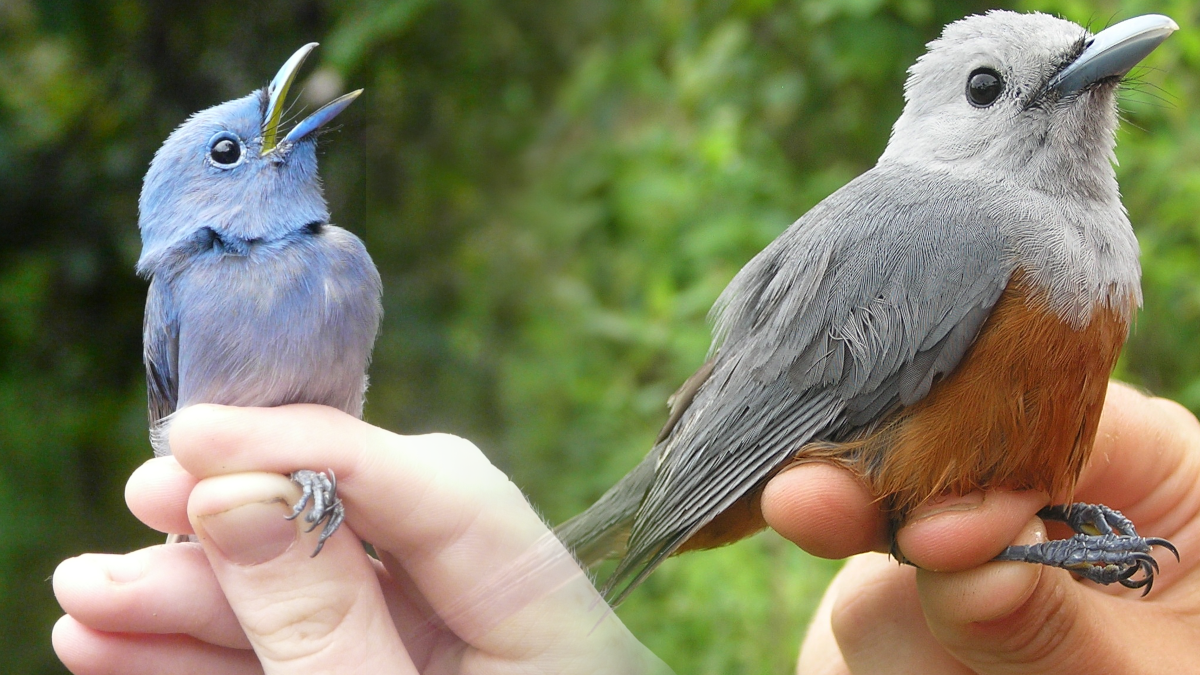A warm welcome back to all our readers! The new year is now well and truly upon us and we hope you’ve all had a safe and energised return to work. This blog is written by Fionn Ó Marcaigh, summarising his new paper. Congratulations Fionn and we hope our readers enjoy learning about your research as much as we have! So without further ado…
Science is about making observations from the natural world, drawing up hypotheses to explain the patterns you’ve observed, and then testing these hypotheses by experimentation. We tend to imagine scientists in white coats doing experiments in the lab, but our understanding of evolution also owes a lot to work done in “natural laboratories” like islands and other isolated habitats, where evolution has taken place under different conditions. Our new paper, just published Open Access by the International Biogeography Society in their journal Frontiers of Biogeography, has used an important natural laboratory in Southeast Asia to test a classic hypothesis based on a bird called the Island Monarch (Monarcha cinerascens). We’ve made observations that contradict parts of the hypothesis and discovered a possible new species in the process!
Our natural laboratory was a collection of islands around a region known as Wallacea in central Indonesia (see map below). Named after Alfred Russel Wallace, this is where he co-discovered evolution by natural selection while travelling around islands of all shapes and sizes, with the waters around them being so wide and deep that most species have trouble crossing them. Some organisms are better at crossing these barriers than others, with the Island Monarch thought to be particularly adept. As its name suggests, the Island Monarch is one of the kings of small islands. It can be found all the way from the islands off Sulawesi in Wallacea, to the farthest reaches of the Melanesian islands east of Papua New Guinea, but is missing from large islands like Sulawesi and New Guinea themselves.
Continue reading “Tramps in Transition: Wallacea’s monarch flycatchers and their evolutionary natural experiment”
